British weather in 30 mind-boggling facts
Weather watch
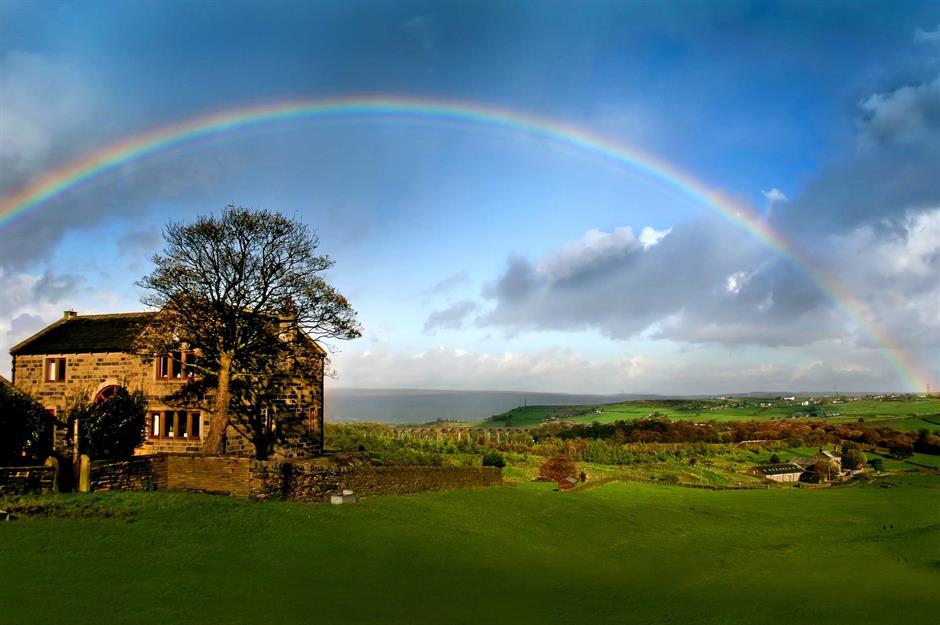
From freezing temperatures and heavy rainfall to scorching heatwaves and powerful winds, the UK certainly has its fair share of dramatic weather. Using facts, stats and record-breaking figures from the Met Office’s new book, Very British Weather, we bring you 30 revelations about the glorious ever-changing British climate and its elements.
Lowest recorded temperature in the UK is -27.2°C (-16.96°F)
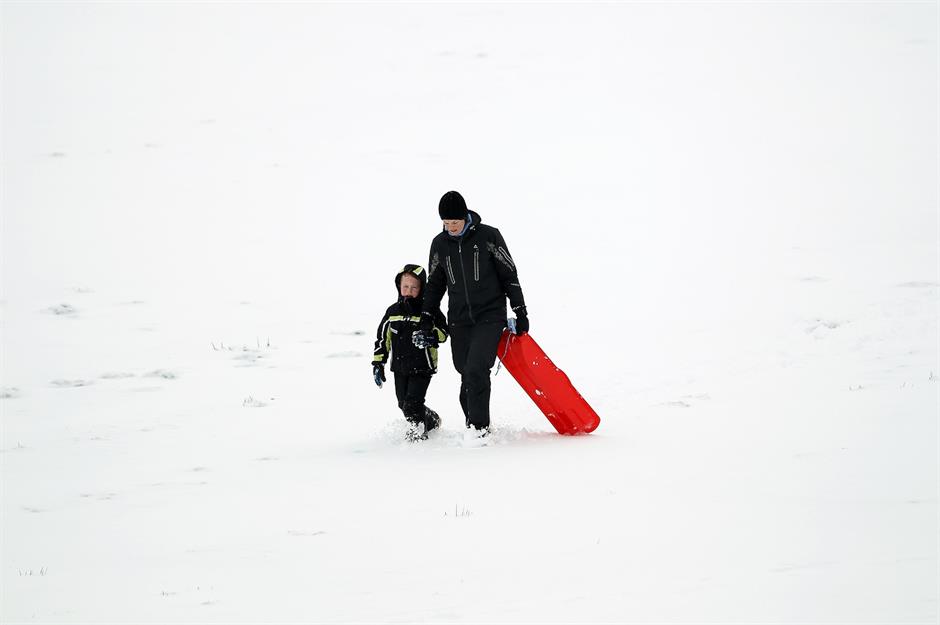
Scotland is the snowiest place in the UK
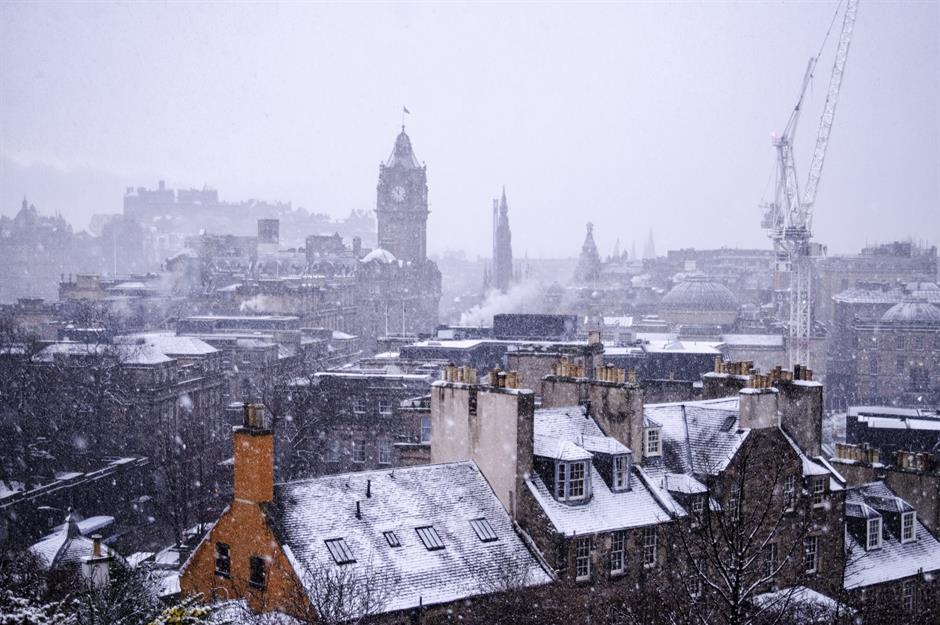
It may not come as a huge surprise to learn the snowiest place in the UK is Scotland. But it may shock you to discover the snow or sleet here falls on a massive 38.1 days on average per year. That's more than a month's worth!
The deepest snow ever recorded was 5ft 4in (1.65m)
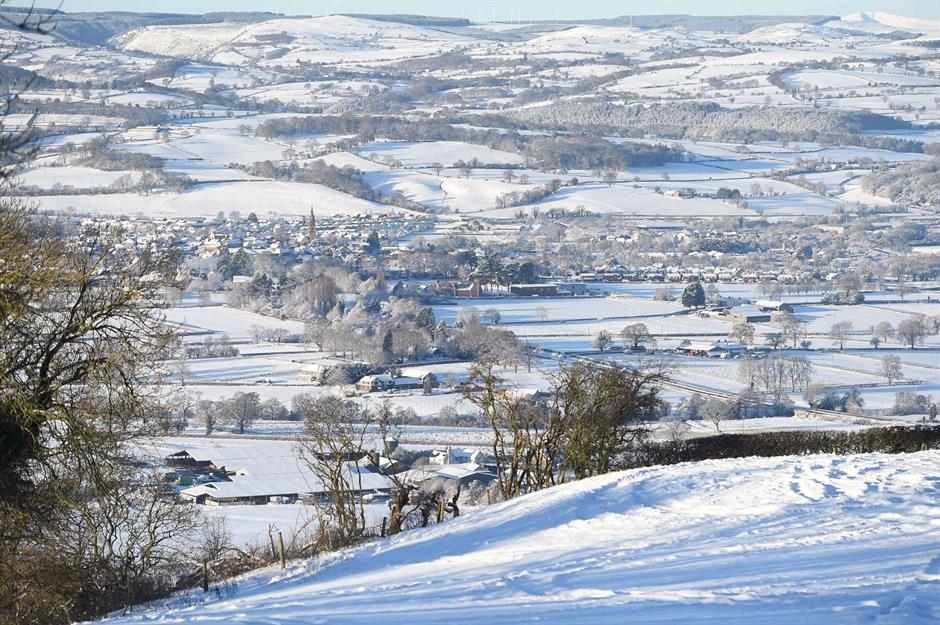
Britain’s longest recorded icicle was 26ft 10in (8.2m)
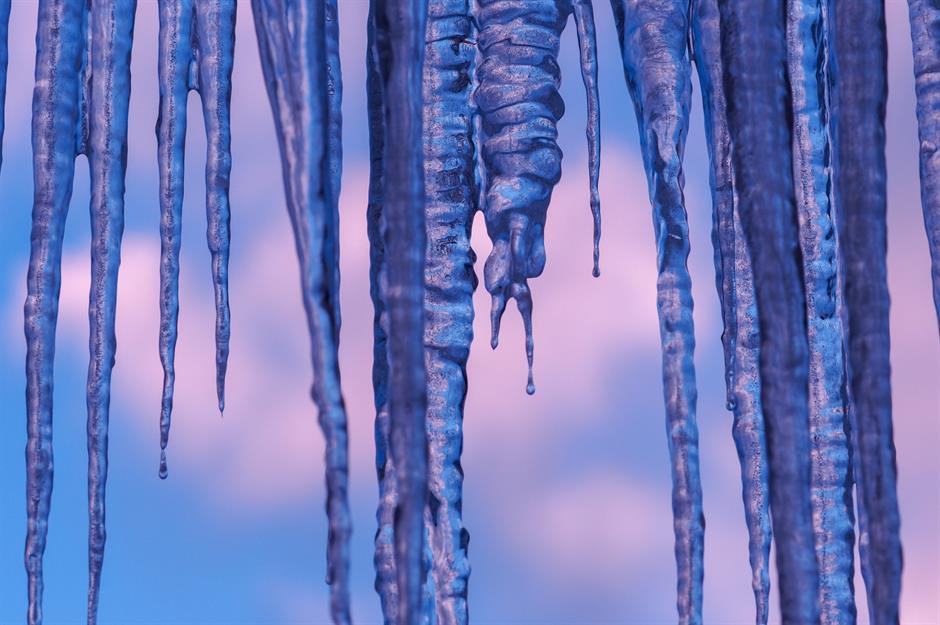
Cornwall gets the least amount of snow
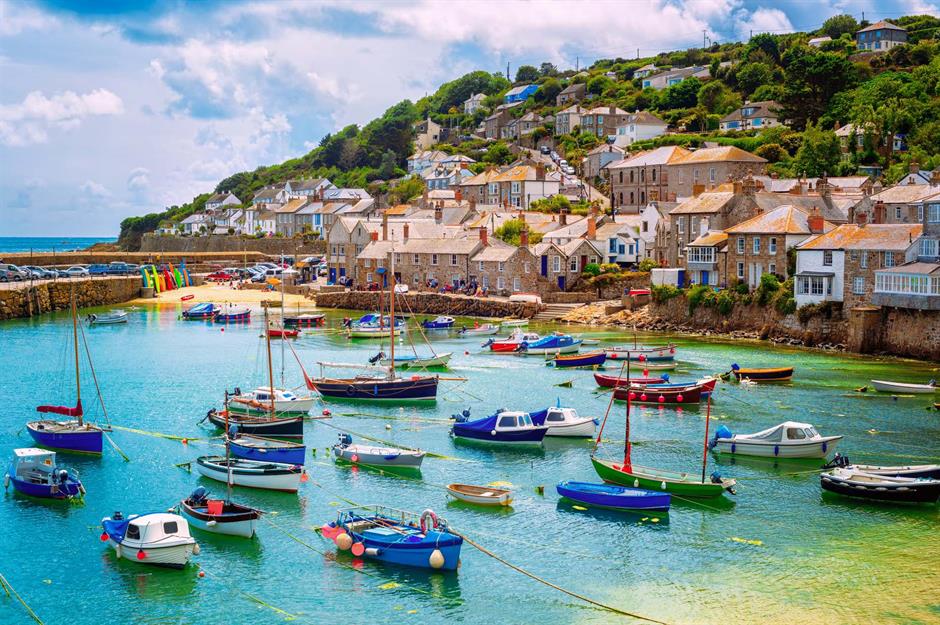
Britain’s deadliest avalanche was in December 1836
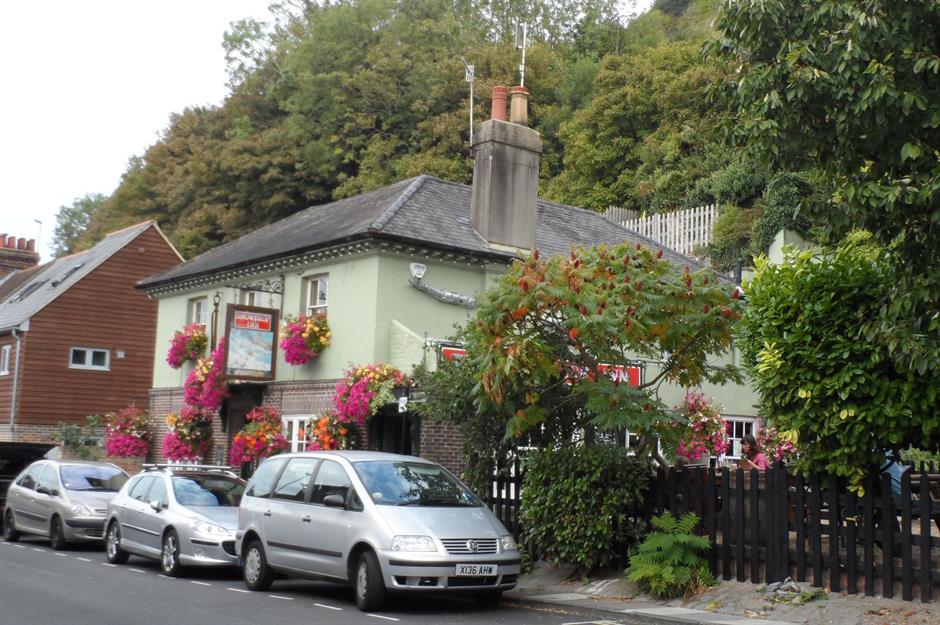
A fatal avalanche struck Britain after the bad winter of 1836-37 triggered harsh snowstorms and freezing temperatures to chill parts of the country. On 27 December 1836 in Lewes, a snow drift caused a huge build-up of snow to form on a cliff overlooking the town. The snow broke free and completely destroyed a row of cottages at the bottom of the hill, killing at least eight people while seven had to be rescued. The Snowdrop Inn (pictured) now stands on the site of the avalanche, named to commemorate the tragedy.
Thunderstorms are most common in the east of England
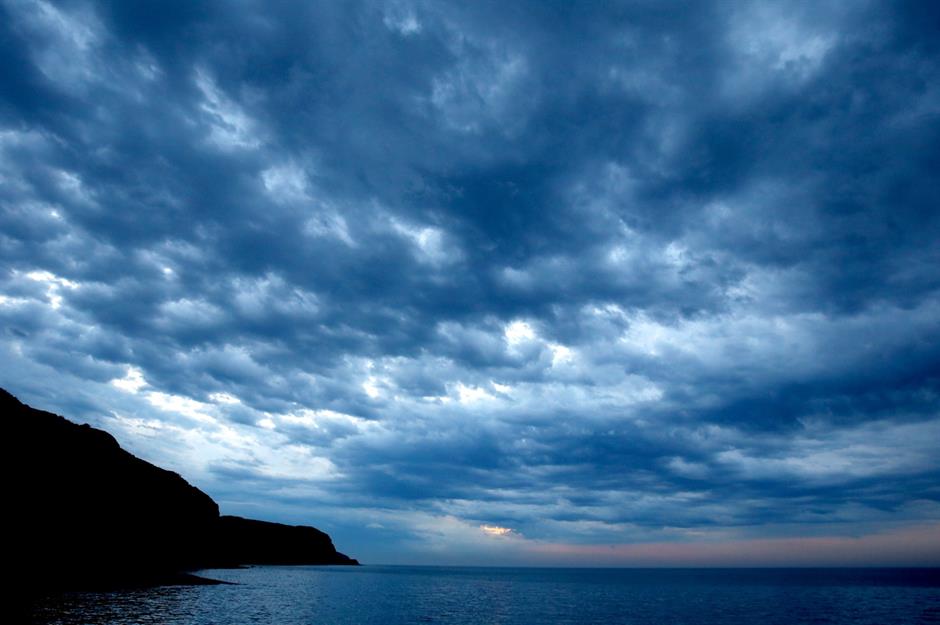
Thunderstorms in the UK are usually most common in the East Midlands, East Anglia and the southeast. These areas are also the warmest parts of the UK during summer, which means that they also have the highest available heat energy.
Why do autumn leaves turn golden?
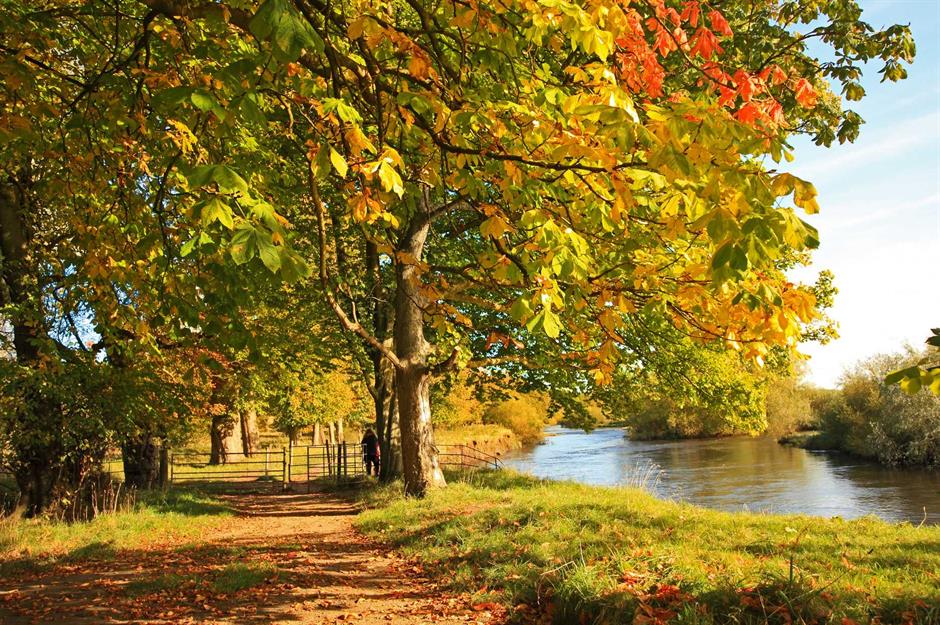
Scotland is also home to the UK’s windiest spot
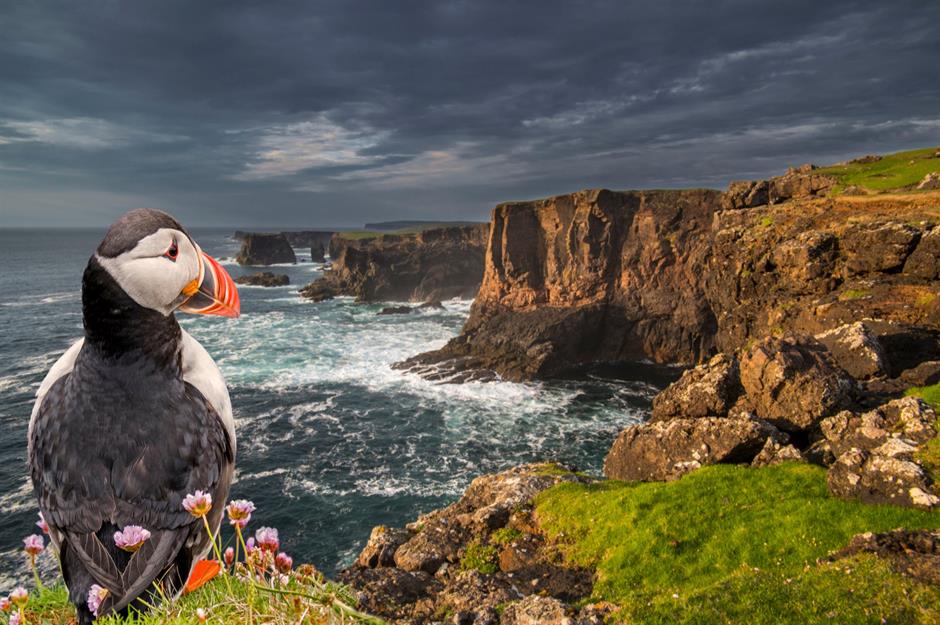
Shetland in the Northern Isles of Scotland is the windiest place in the UK, with an average wind speed of 14.7 knots, nearly 17mph (27kmh). The dramatic, rugged coast attracts visitors with its adorable puffin colonies, but it's best not to go in January, where winds can reach a speed of 23.4mph (37.8kmh). See more of the windiest places on Earth here.
London’s famous fog inspired French painter Claude Monet
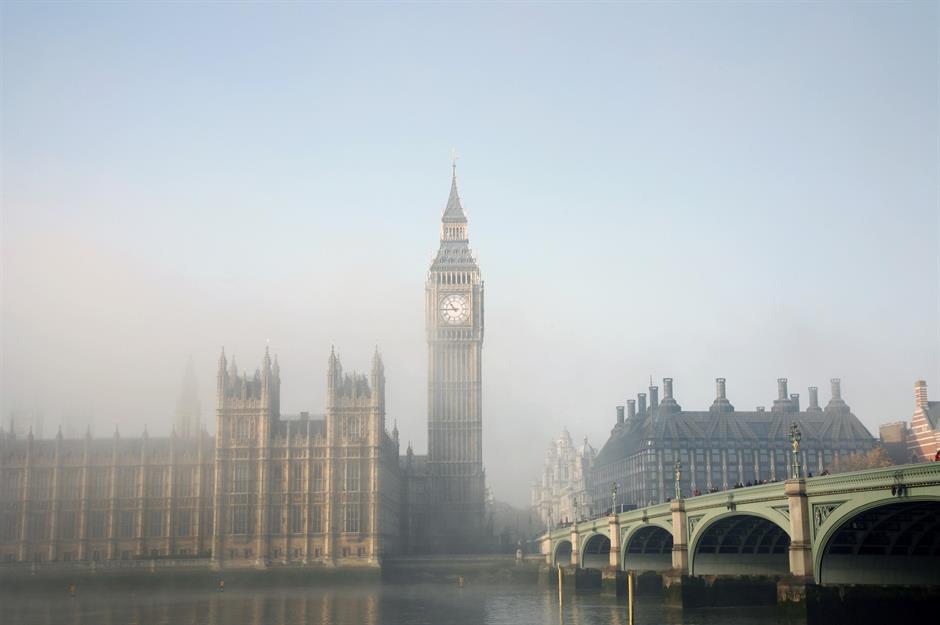
London’s foggy weather has been the inspiration of many artists, including French Impressionist Claude Monet. The artist made several trips to the city throughout his life, painting almost 100 views of the River Thames. Monet famously said: “Without fog London would not be a beautiful city.”
Windy weather made the Great Fire of London much worse
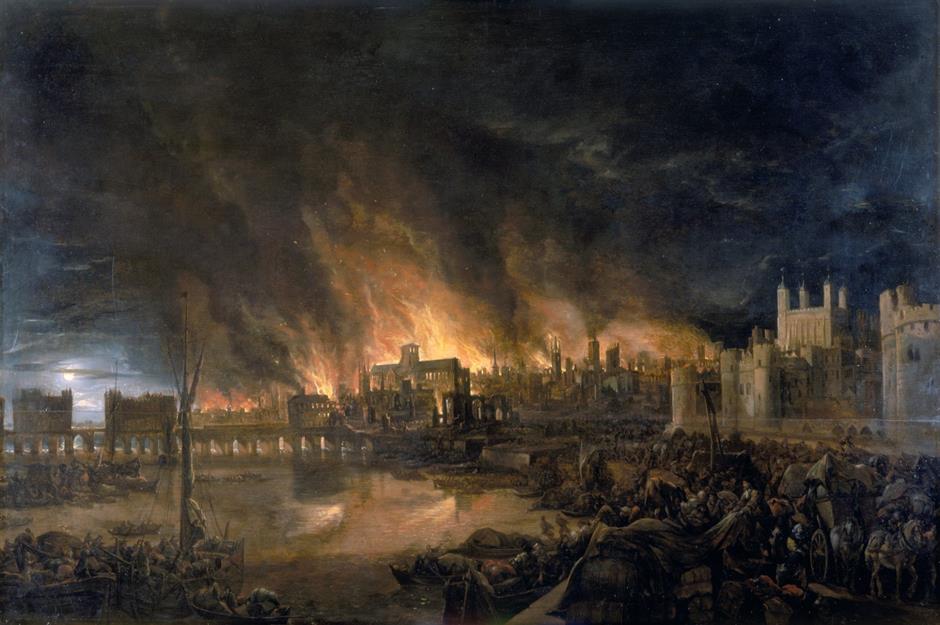
The strongest gust speed recorded was on the Cairngorm summit
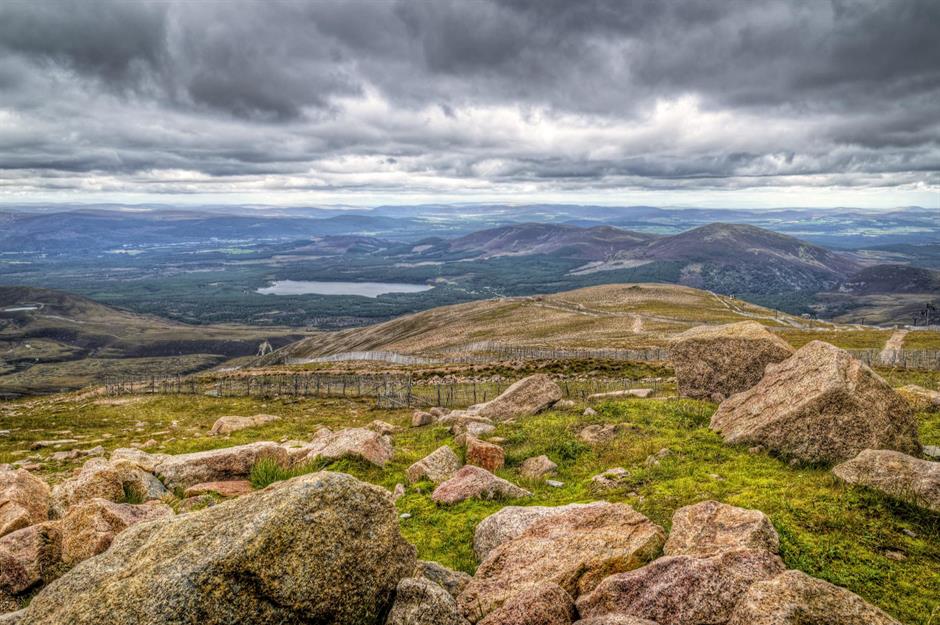
Storms get their name by popular vote
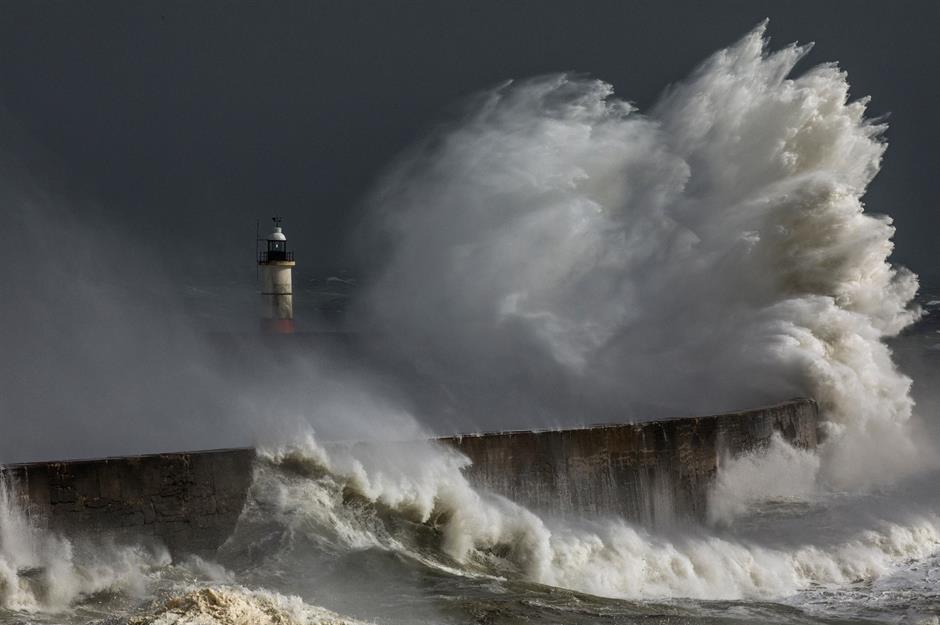
Storms are typically named by the Met Office when they have the potential to cause an amber or red alert warning. Since starting their ‘Name Our Storms’ initiative in 2015, names are now suggested by the public and the most popular make up a list of storms for the year to come. The system is the same as the National Hurricane Center in the US, which starts at the beginning of the alphabet and makes its way down the list, not including Q, U, X, Y, and Z, and names related to politicians and the British royal family are usually avoided.
The wettest day on record was in 2015
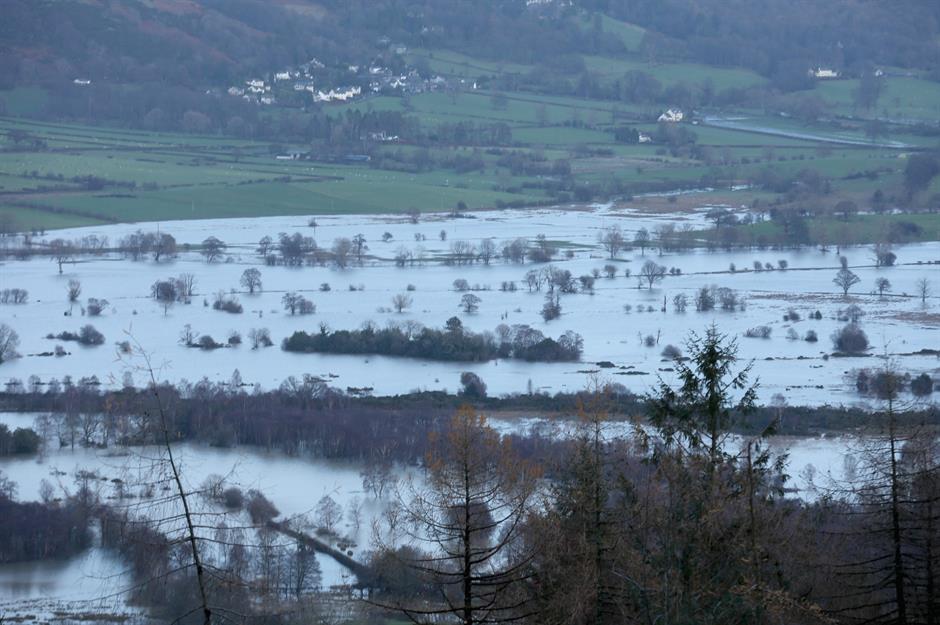
The Great Storm of 1987 was the windiest storm on record
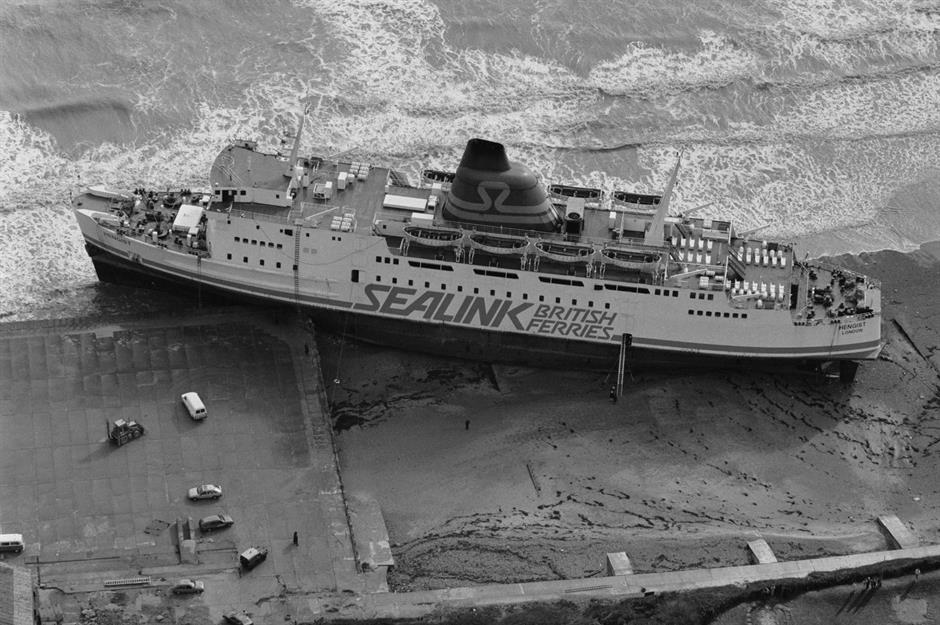
The Great Storm of 1987 caused extreme weather to sweep across the country. Strong gusts of up to 100mph (161kmh) caused around 15 million trees to be blown down by the powerful storm. The conditions were so severe that numerous small boats in Dover were completely wrecked or blown over and a Channel ferry (pictured) was blown ashore near Folkestone. At least 18 people in England were tragically killed by the powerful storm.
The wettest areas of the UK are in the mountains
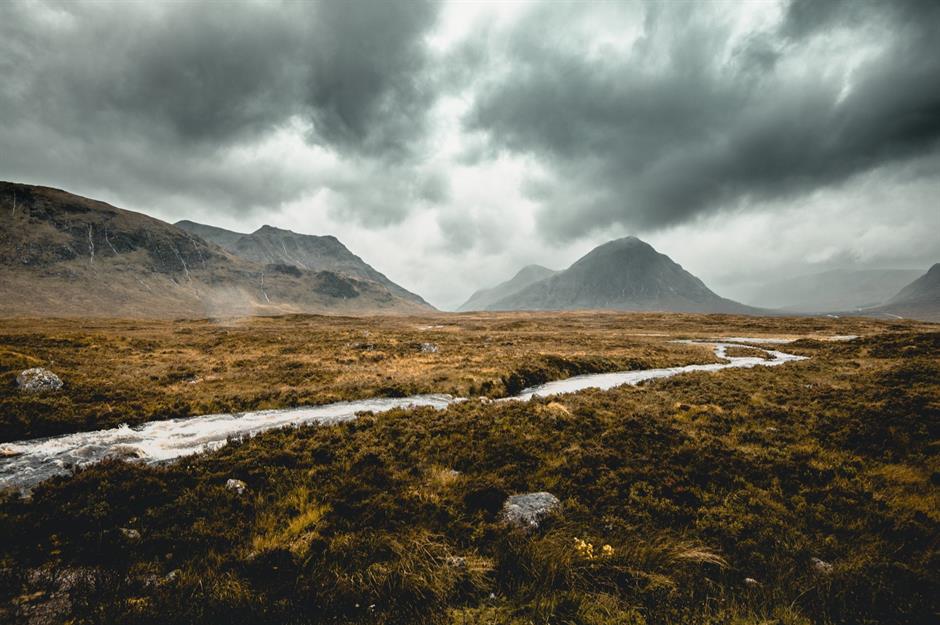
The wettest parts of the UK tend to be the more mountainous regions such as Snowdonia, the Lake District and the Scottish Highlands, which all receive over 13ft 1in (4m) of rainfall in a year. Discover more secrets of the world’s most beautiful mountains here.
Britain’s highest weather observatory was on top of the highest mountain
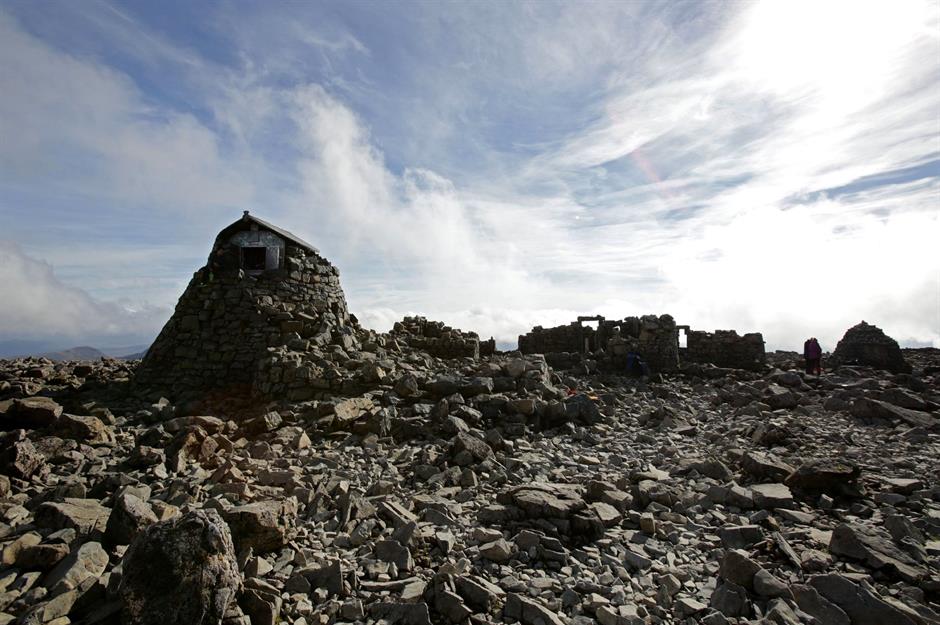
In 1830 and 1859 it rained fish (sort of)
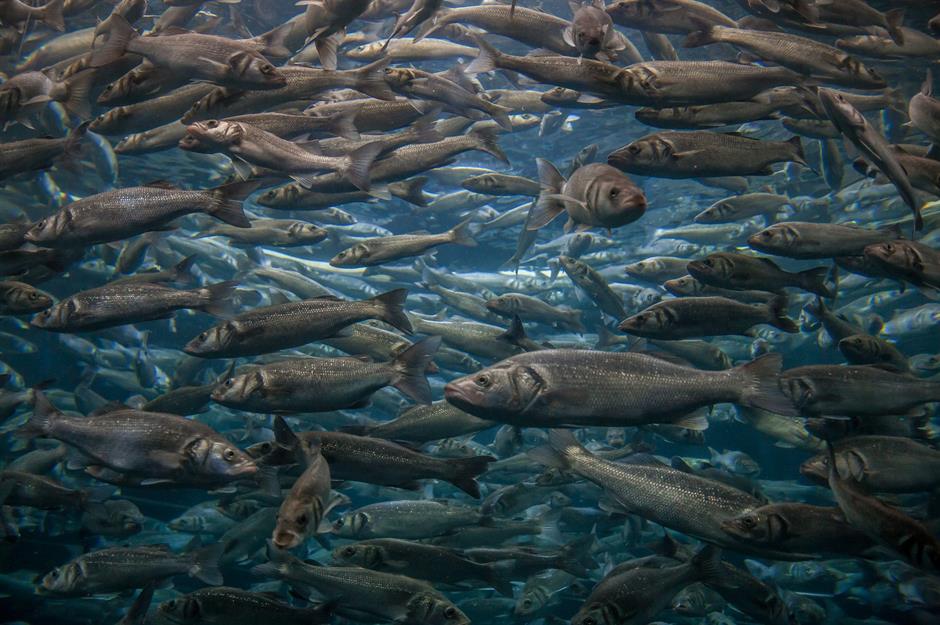
How likely are you to be struck by lightning?
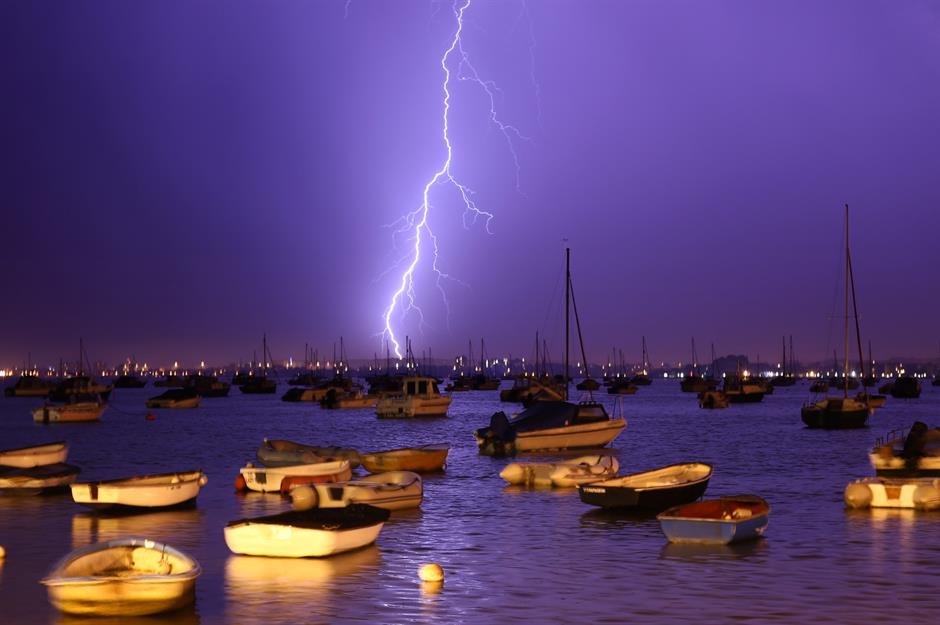
A 2017 study in the International Journal of Meteorology found that 58 people in the UK were struck and killed by lightning between 1987 and 2016, which is roughly two people per year on average. This equals to a one in 33 million chance that you’ll ever be struck by lightning in the UK. Strangely, the biggest number at 72% were people playing sports or doing leisure activities like fishing when they were struck and killed, and 83% of those were men. Roughly 80% of these fatalities happened between May and August and 26% happened on a Sunday. This image shows lightning striking Poole Harbour in Dorset.
The longest lasting rainbow in the UK was visible for six hours
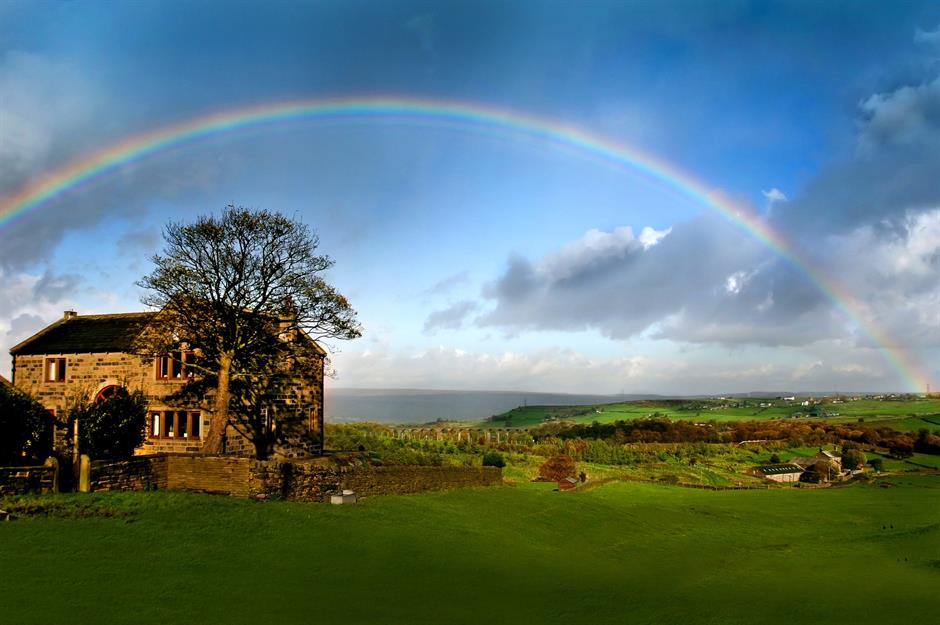
The longest-lasting rainbow ever recorded in the UK occurred in Sheffield on 14 March 1994. The rainbow was visible for a whopping six hours from 9am until 3pm and held the global record until a rainbow in Taiwan on 30 November 2017 lasted eight hours and 58 minutes. Discover the strangest weather phenomena in the world here.
D-Day was an important day for the Met Office
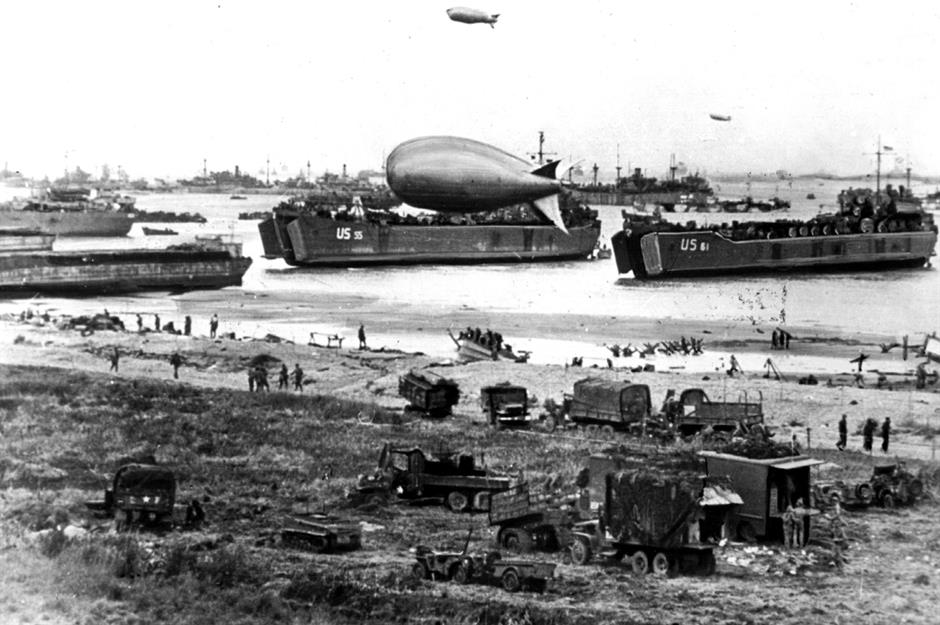
One of the most important weather forecasts the Met Office has ever predicted was for the Allied invasion of mainland Europe in 1944, also known as D-Day. A day with good visibility and low tide conditions was the key to success so that the landing vessels would safely avoid any obstacles. Meteorologists from the Army, Navy and Air Force alongside the Met Office predicted that 6 June 1944 would have the best weather after the cold front had passed. Thankfully, the forecasters got it right and on 6 June, thousands of Allied troops successfully invaded Normandy.
The summer of 1975 brought the strangest weather
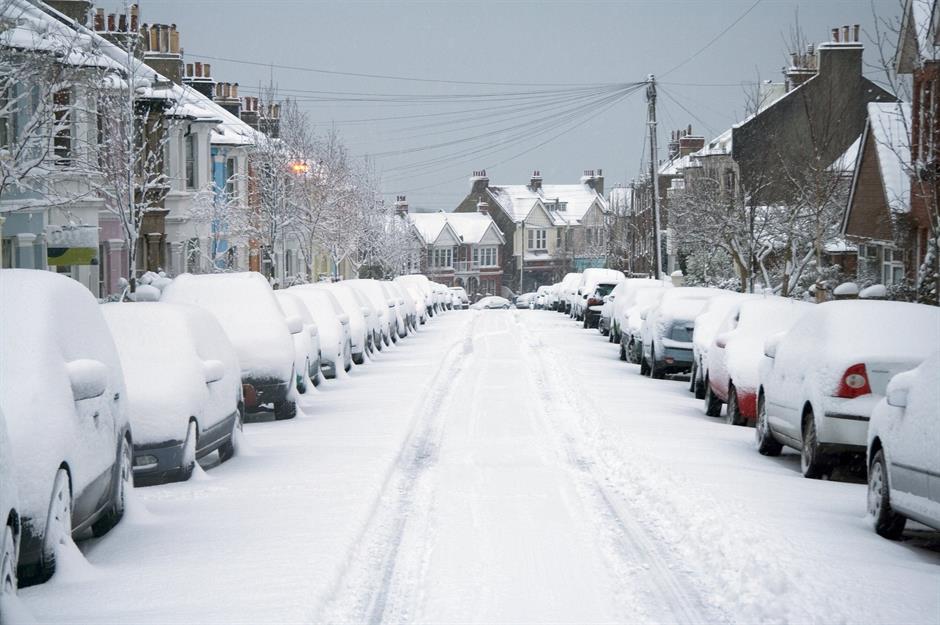
The summer of 1975 brought some of the weirdest weather on record. On 2 June, widespread snow was reported in the Midlands, East Anglia and even in London. Several cricket matches had to be abandoned due to the strange weather. It was the first time snow had been reported so far south since 1888. Discover more of the world's most unexpected weather events.
The highest recorded temperature in the UK is 38.7°C (101.66°F)
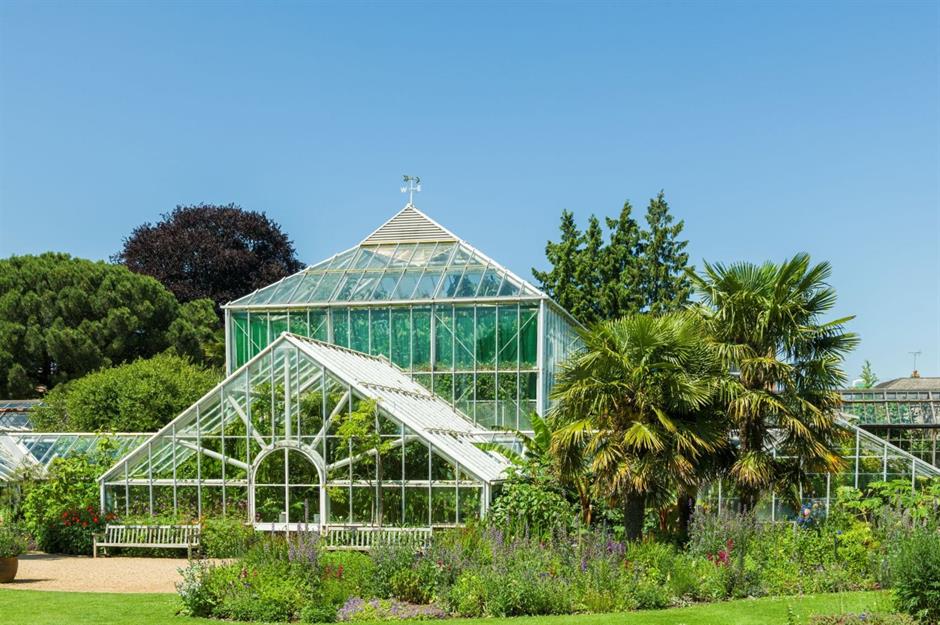
The country's highest temperature ever on record was a sweltering 38.7°C (101.66°F) on 25 July 2019 at the Cambridge Botanic Garden. These are the hottest places in the world.
Summer makes burger and strawberry sales soar

It’s no surprise that during the lovely British summer, a temperature rise from 20°C (68°F) to 24°C (75.2°F) can see the sale of burgers increase by more than 40%. The first hot weekend of the year also sees strawberry sales increase by 20%, and BBQ meat sales increase as much as 300%.
Why the UK doesn’t get much sunshine
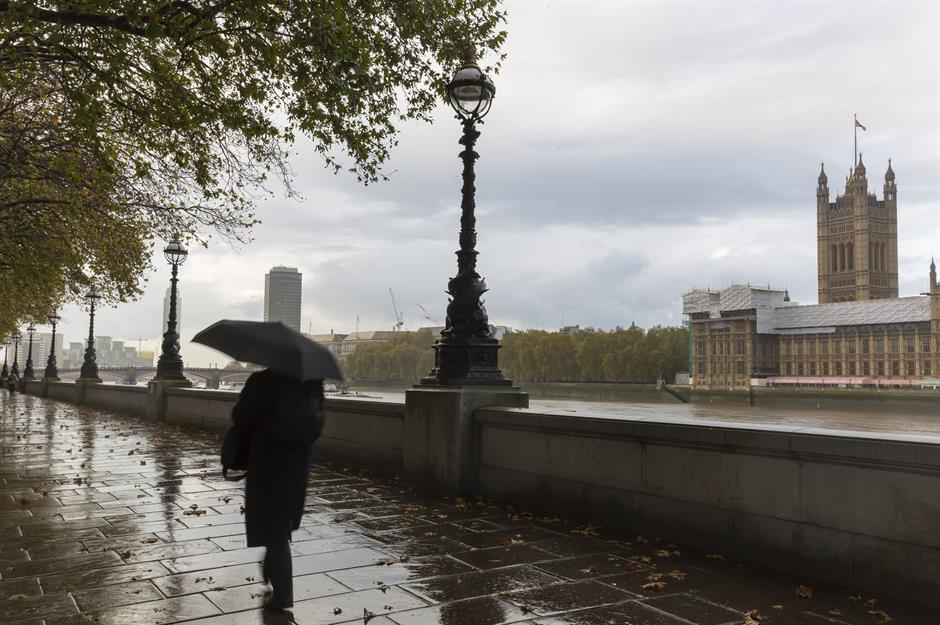
With our chilly location at the edge of the Atlantic Ocean and being subjected to the colder south-westerly winds and weather fronts, we sadly enjoy fewer days of sunshine than other European countries. Parts of the north of England, Scotland and Ireland see fewer than 1,200 hours of sunshine per year (3.3 hours and 4.4 hours per day) while parts of southern Europe see more than 2,500 hours per year (6.8 hours). No wonder we get excited at the slightest bit of sunshine.
The sunniest spot is Eastbourne
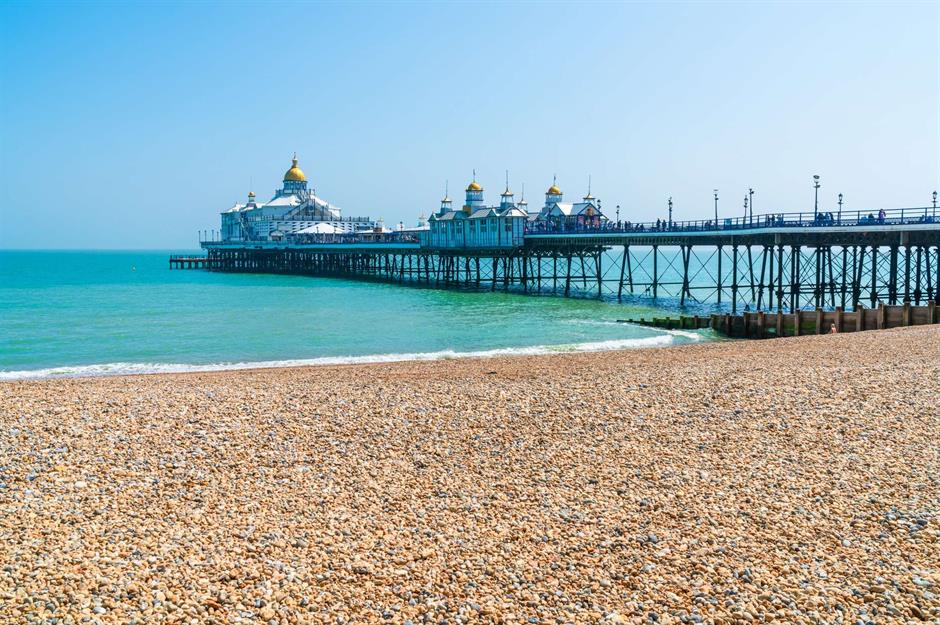
The UK’s biggest temperature change in a 24 hour period was 30.1°C (86.18°F)
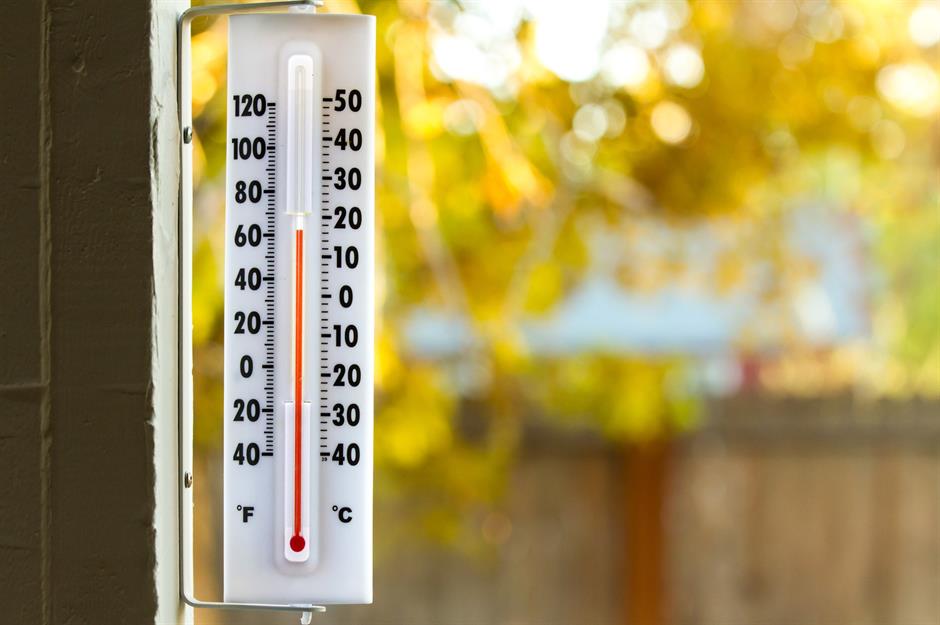
The most dramatic temperature shift recorded by the Met Office was on 14 January 1979 in Lagganlia, Scotland, after the temperature climbed from -23.5°C(-10.3°F) to 6.6°C (43.88°F) in just a day. The temperature went up by a jaw-dropping 30.1°C (86.18°F).
The UK’s worst drought in history was in 1975
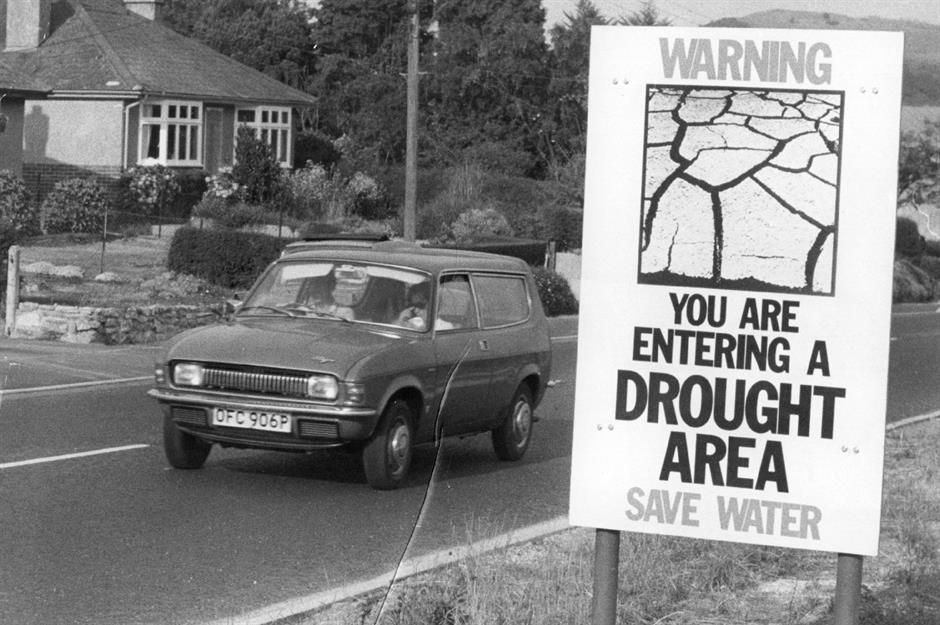
The Saddleworth Moor Wildfire was one of the biggest on record
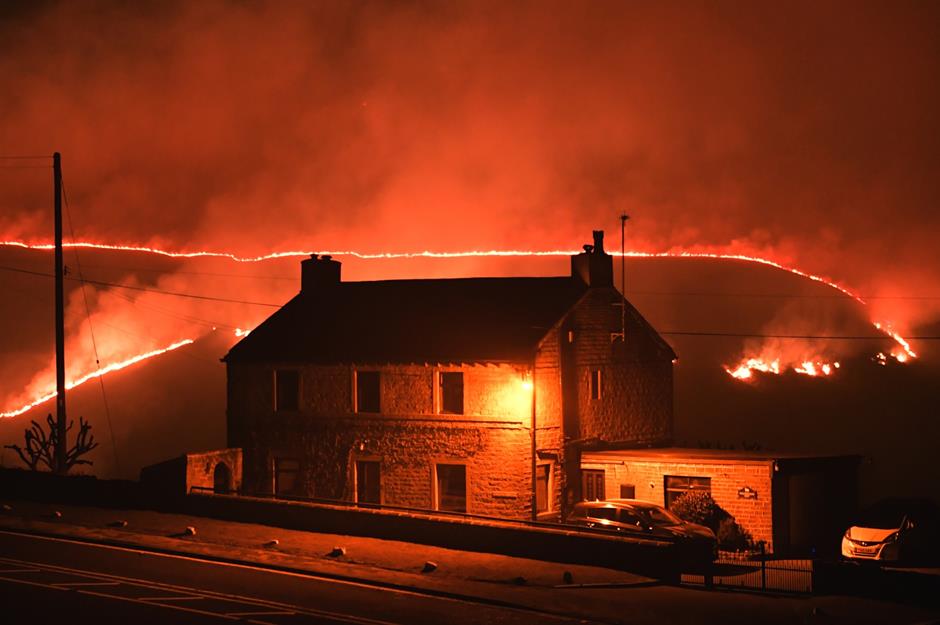
In June 2018 a huge fire broke out on Saddleworth Moor near Marsden in northwest England. The fire was so big that the smoke could be seen from space. On 26 June, a major incident was declared and at least 150 people were forced to evacuate from their homes. The Saddleworth Moor wildfire is thought to be the first time a wildfire in the UK has caused a large-scale evacuation to take place. The year 2019 was a scorcher for the UK, and this resulted in more wildfires being reported than any other year on record. Take a look at the world's most dramatic weather photos since 1900.
Last spring was record breaking for sunshine
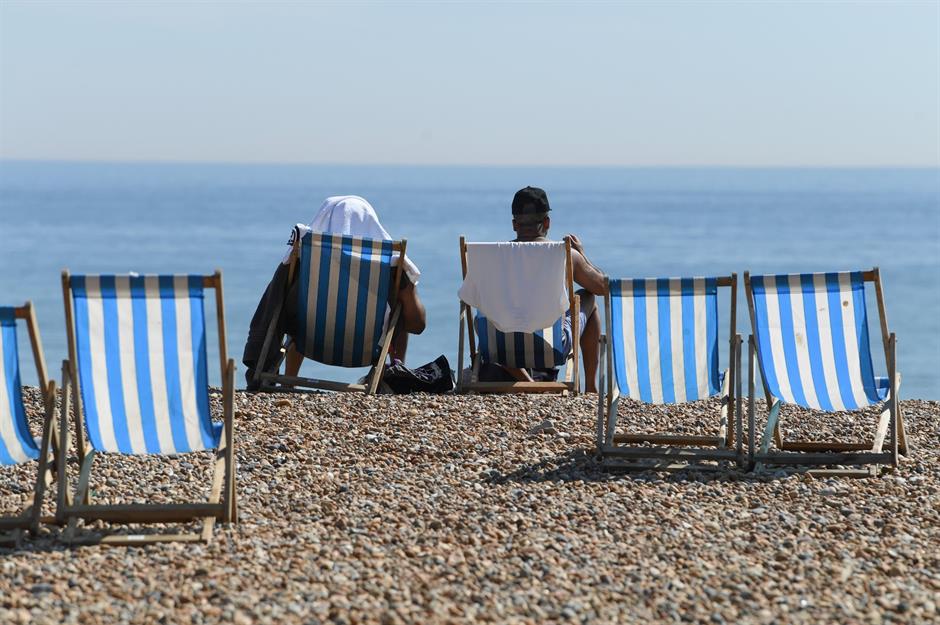
The spring of 2020 saw the most sunshine in a while. There was so much sun that it broke the Met Office sunshine graph, recording 626.2 hours of sunshine across the UK between 1 March and 31 May, when the graph previously stopped at 600 hours. It also broke the previous sunshine record, set in 1948 of 555.3 hours.
Read more: Snow isn't white and other mind-blowing weather facts
Buy the book
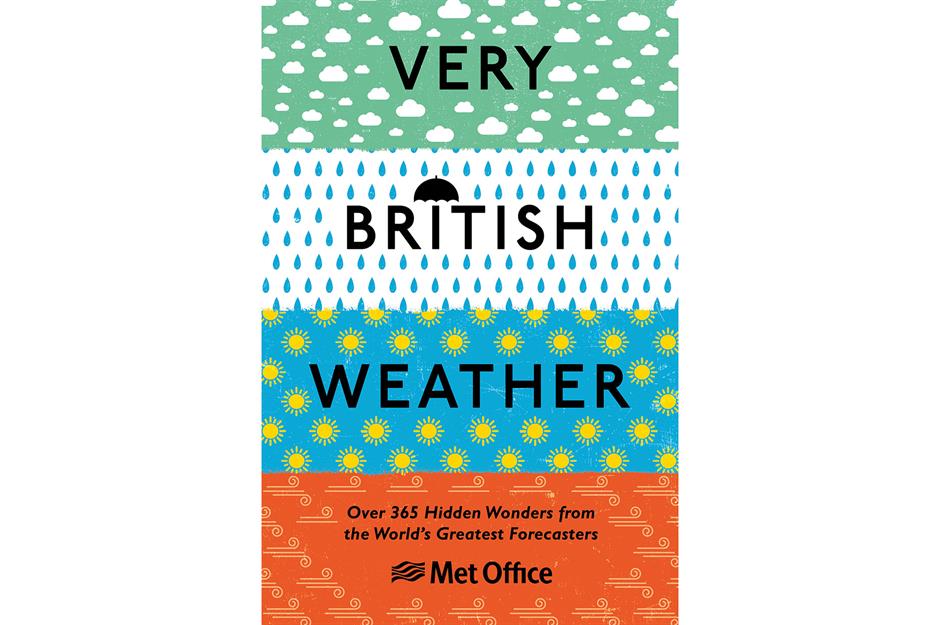
This book extract was taken with permission from Very British Weather (Ebury Press). It's a weather adventure through the great British seasons and available from Amazon now.
Comments
Be the first to comment
Do you want to comment on this article? You need to be signed in for this feature